Kavaja is located in the southwest of Tirana, at an altitude of 34 m above sea level. Kavaja is a city in central Albania which is bordered to the north by Durrës 17 km, to the east by Tirana 27 km, to the south by Rrogozhina 15 km, while to the west lies the Adriatic Sea. The total area of the city is 199.00 km² and with a population of 79,556 inhabitants.
Kavaja is mentioned in Ottoman archives during the 15th century and at that time it was known as Kavalje. During the 17th - 18th centuries, Kavaja experiences a great administrative movement and becomes a commercial center. It is thought that in 1670 there were: about 400 houses, 200 shops, the bazaar and mosques. The only building that has stood the test of time is the Clock Tower, which is still magnificently located in the center of the city. During the period of the communist regime, Kavaja was transformed into an industrial city as well as an agricultural center for its region. Kavaja is known for the processing of pottery, ash and copper. In 1990, the residents of Kavaja were the first to take the courage to defeat the Communist Regime and in March they started the demonstration for Freedom and Democracy. During the conflict with the police of that time, the young man, proclaimed martyr of democracy Josif Budo, lost his life. Kavaja is also known as the city of the world-famous actor Aleksandër Moisiu, where at the beginning of the 20th century he was known as the best actor on the German and Austrian stage.
Kavaja has a plain-hilly relief. However, it is also composed of mountains such as: in the east by Mount Manglë with a height of 404 m, in the north by Mount Zhuri with a height of 256 m and in the south by Mount Frang with a height of 311 m. Another part of the relief in Kavaja is the stream of Lishjat, which passes through the middle of Kavaja. It also has Cape Lagji as a point of orientation, which is wet on three sides with the waters of the Adriatic Sea.
Kavaja is a city where the main role in the income is played by tourism, especially during the summer period where it is thought that it is visited by about 400,000 tourists. Other income comes mainly from agriculture, which is also greatly influenced by the relief. While the industry is little developed and is focused only on extracting natural gas in Sinaballaj.
The coastline of the beaches of Kavaja starts from the rock of Kavaja, with the beach of Golem, to continue with Mali e Robi, with Qerret, with Karpën and up to Spille. The less known part follows after Qerret beach. Following this segment are the beaches of Carinë, Kepi i Lagjit, Gjiri i Forsiluk, the beach of Guri te Lmeuar, the beach of Spille.
The beach is wonderful, it is frequented by thousands of vacationers for the large sandy surface which is also curative, for the fresh environments created by the tall crowns of pines or for the scent of its pines that clean the lungs, for the water and the shallowness of the shore which is so necessary for children's games. Also, very close to the beach, beautiful bars, restaurants with delicious meat or fresh seafood dishes and contemporary hotels with 3 or 5 stars have been built, where with the quality service, cleanliness and comfort they offer, they remain visited by many local tourists. and foreigners, in any period of the year.




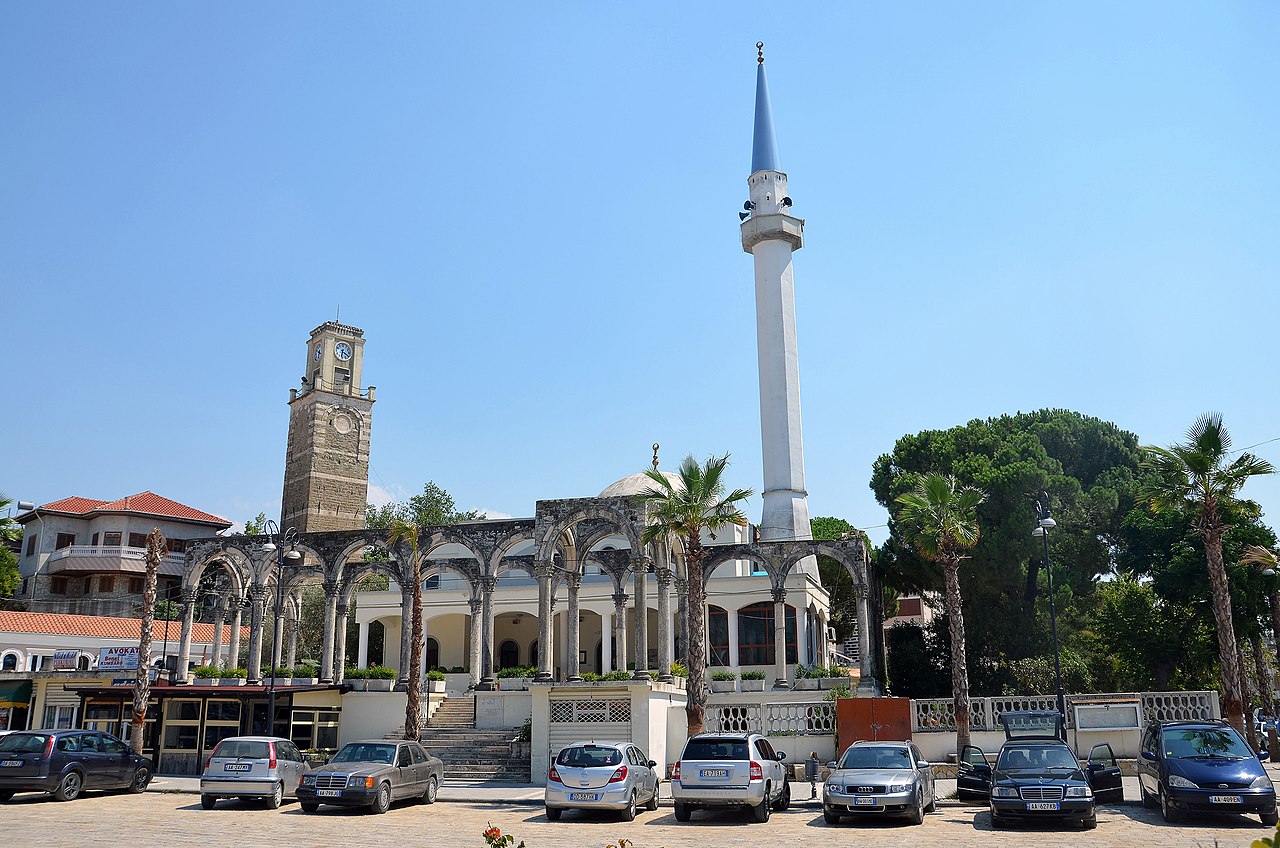
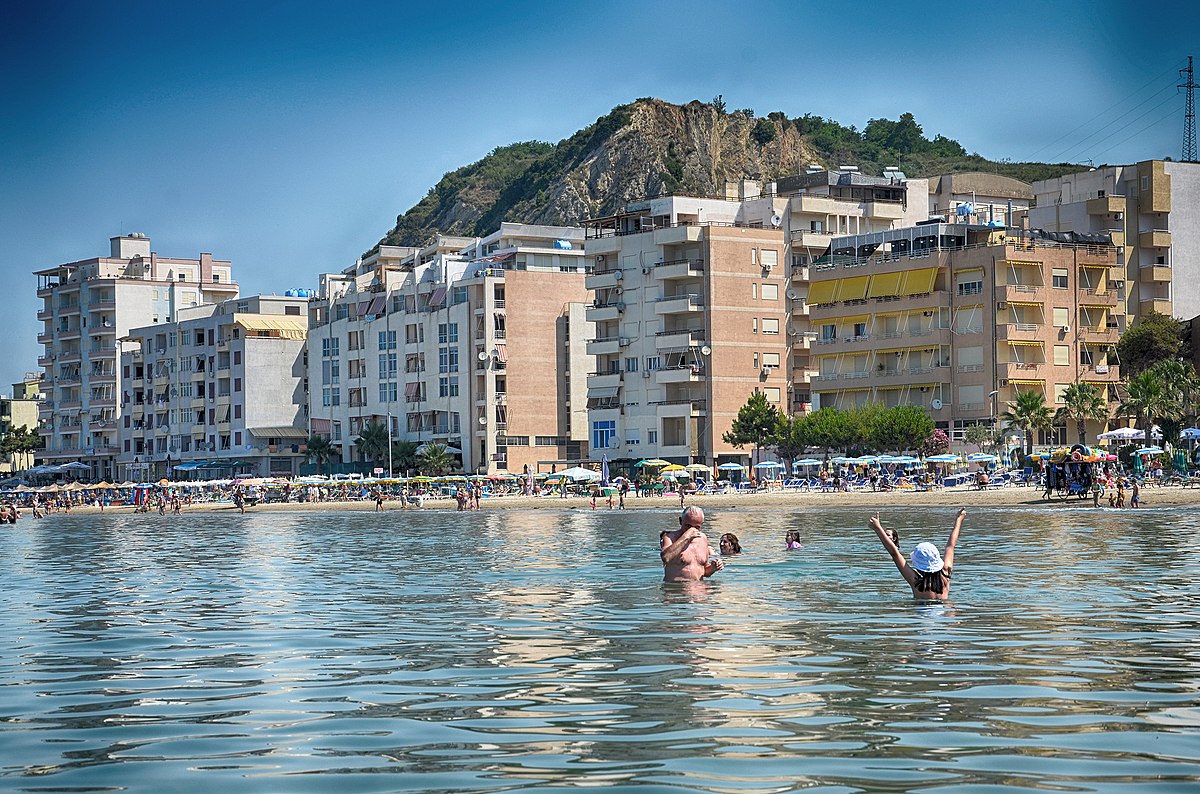
.webp)
 (1).webp)
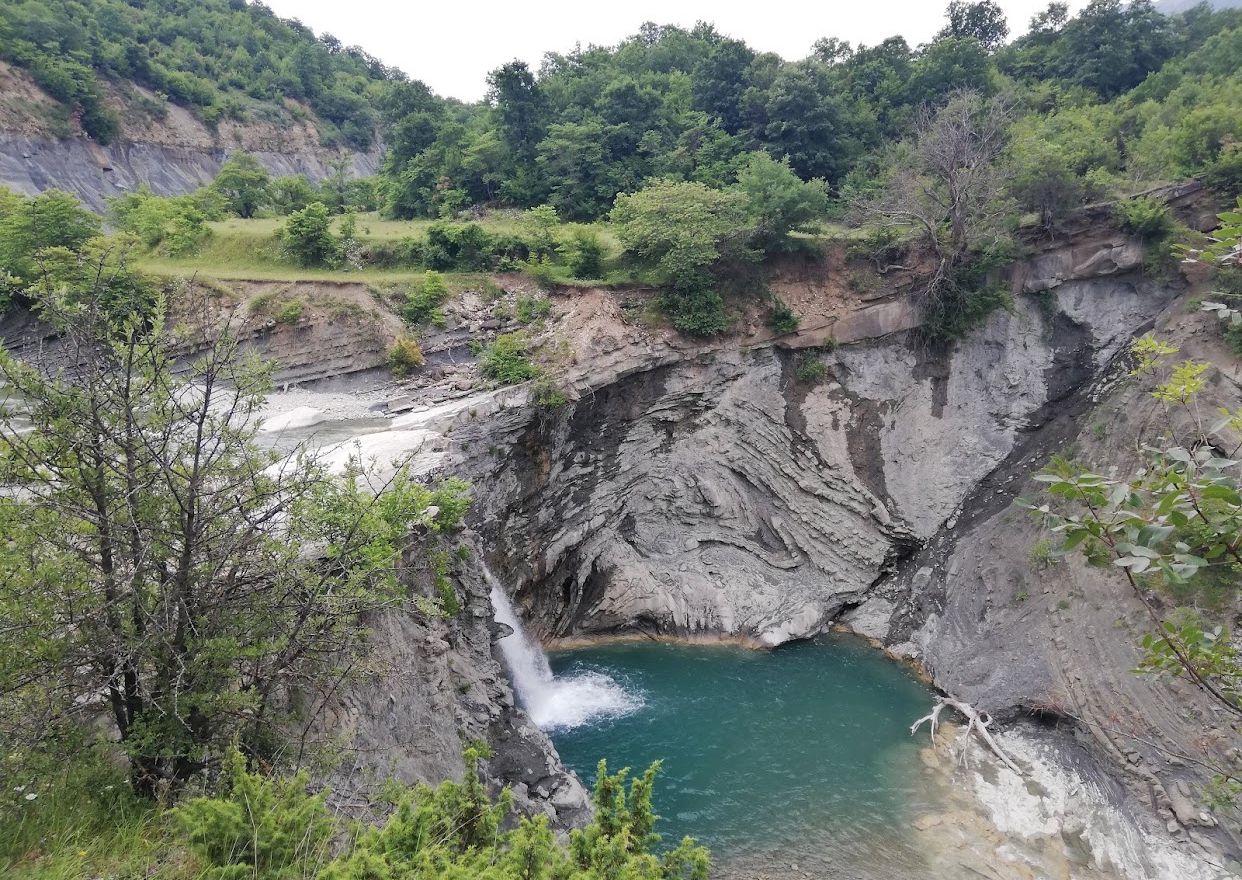
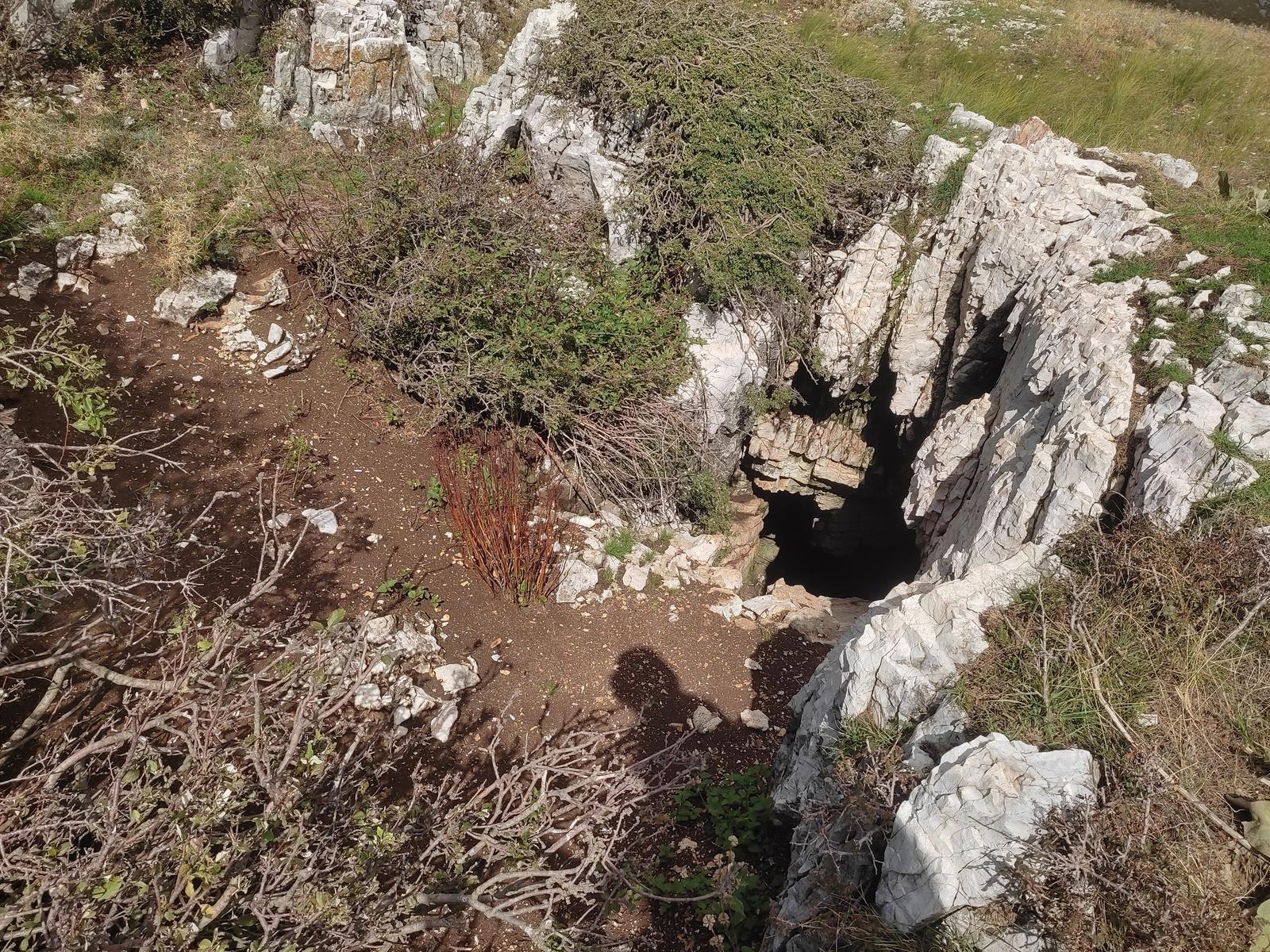
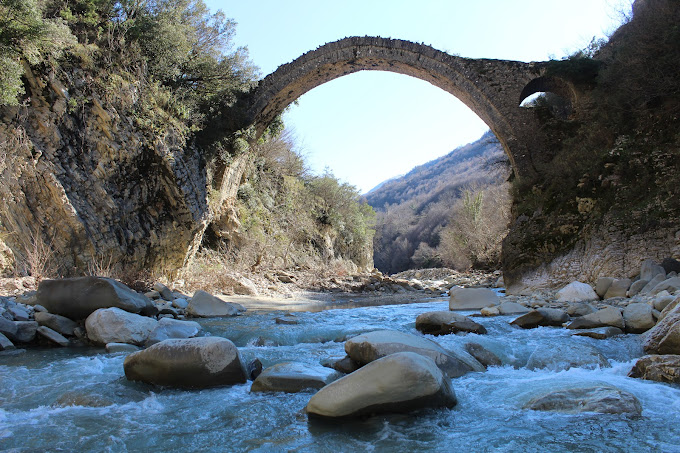
 (1) (1) (1).webp)
 (1).webp)
.webp)
.jpg)
.jpg)